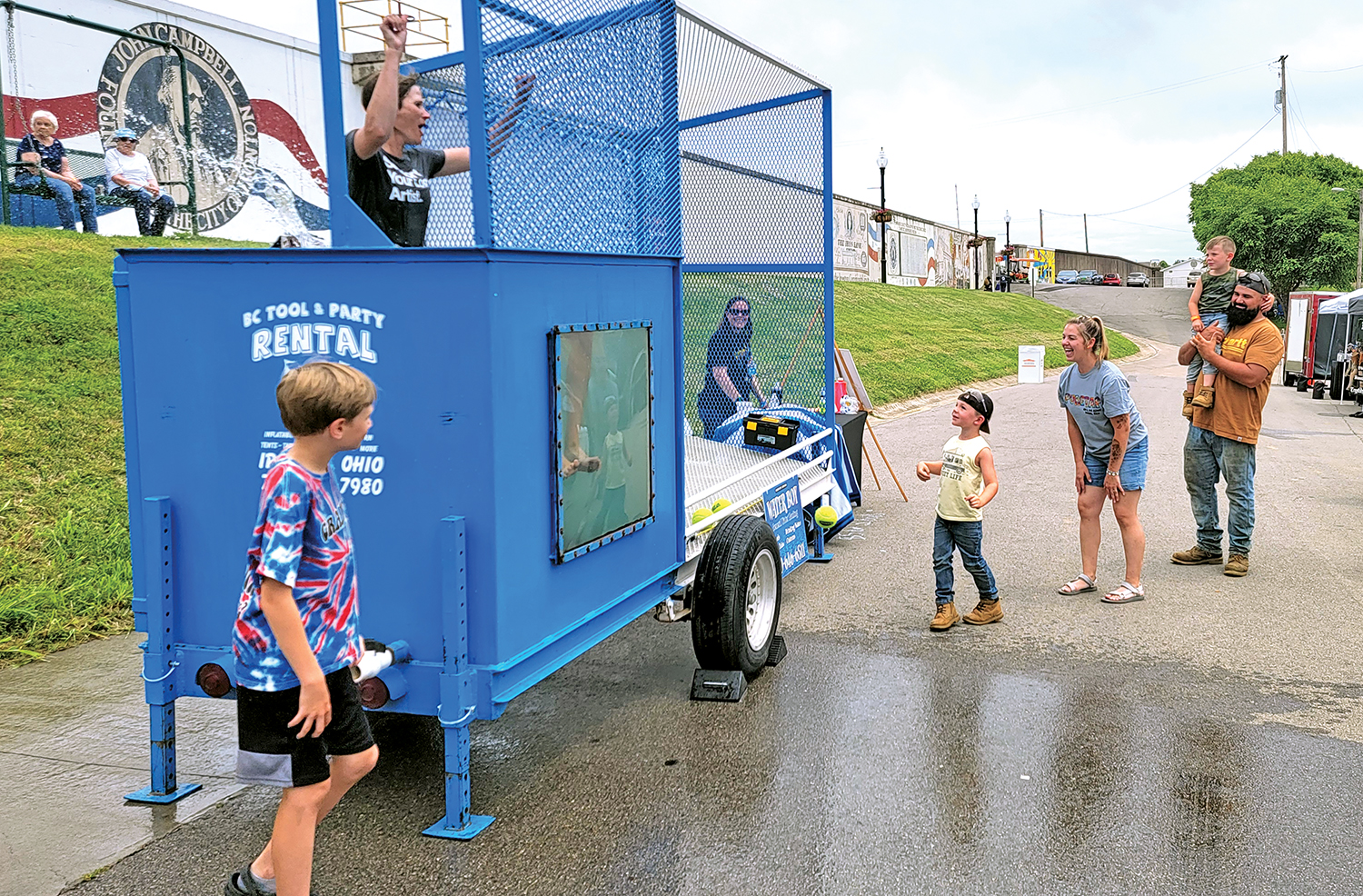Tom Purcell: 70 years ago, we beat polio
Published 12:00 am Wednesday, April 9, 2025
She came home with a high temperature, feeling very ill. The next morning, her legs gave out when she tried to get out of bed. By that evening, she was so weak she could barely move.
It was 1951 when polio struck her. She was 12 years old, just starting eighth grade. The nation was in a panic. The ambulance driver wouldn’t take her to the hospital, fearing other patients might become infected. Her uncle had a car. Despite unknown risks to his own family, he drove her.
Her father told her not to worry. To placate her, he said she had a new virus called “Virus X.” She found it odd, then, that she was placed in the polio ward with other children. She told the nurse she didn’t have polio. She had Virus X — just like her father said.
The nurse nodded but said there was a possibility it was polio. Now the girl was really worried — worried about her family. She wrote her parents a letter. She hinted that she may have polio, but that she’d be OK. Her father cried aloud when he read it.
The county health department quarantined her family for two weeks, posting a notice on their door. Only her father could leave for work.
Within 15 days, polio ravaged her body, partially paralyzing her limbs and weakening her neck.
She was moved to the D.T. Watson Home for Crippled Children in Sewickley, Pa., to begin her long and painful rehabilitation.
A year later, she returned home with a full back brace, leg brace and crutches.
The principal recommended she not return to school, fearing for her safety. But her father insisted she be treated like anyone else and she went back.
Friends took turns driving her to school. Classmates carried her books. The school adjusted her schedule, so she’d only have to navigate the stairs once each day.
Her rehab continued for two years. Though she would always need crutches, the braces eventually came off.
Determined to be independent, she decided to walk to school — over a mile up a steep Pittsburgh hill. Soon, she walked every day.
Beautiful and lively, she made many friends. Eventually, she married, had four children and now has eight grandchildren and six great-grandchildren.
At 86, she has lived a wonderful life with her beloved husband, who she lost recently after 63 years of marriage.
This remarkable person is my Aunt Cecilia, my mother’s sister.
While at the D.T. Watson Home, she bravely volunteered for Dr. Salk’s early trials, aiding the advancement of polio research. In recognition of her selflessness, she would later receive the Poverello Medal from the College of Steubenville.
Back then, fear and doubt about polio were rampant. But the nation didn’t dwell on problems. We did what Americans always do — focused on solutions.
The March of Dimes mobilized millions to raise money and Dr. Salk and other researchers refused to accept defeat. Seventy years ago, on April 12, 1955, the vaccine was declared safe and effective.
It’s easy to see the clarity of past successes but harder to find it in today’s challenges. The country appears divided, with many voices focusing on what’s wrong. But the best way forward is to unite and focus on what we can make right.
Just as my Aunt Cecilia did.
Tom Purcell is a Pittsburgh Tribune-Review humor columnist and is syndicated by Cagle Cartoons. Email Tom at Purcell@caglecartoons.com.






